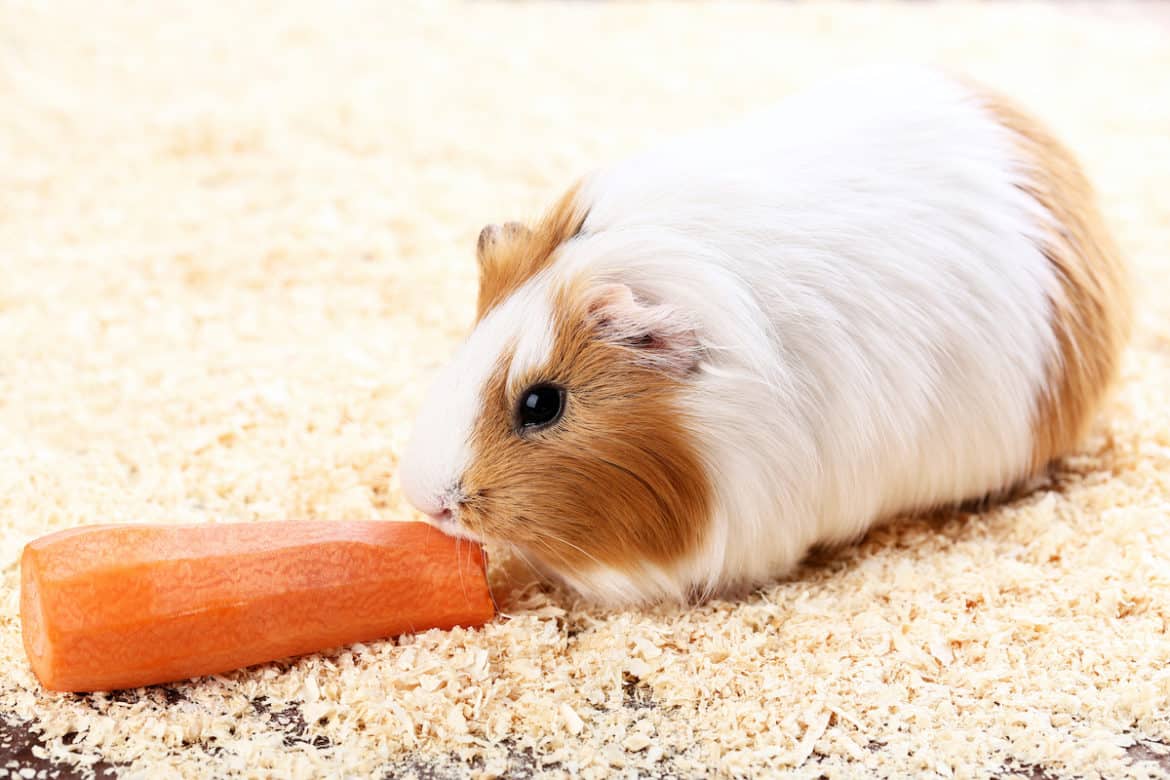Guinea pigs can make the best pets. They are relatively easy to look after and have a sweet and kind nature which makes them an ideal pet for most families. Caring for guinea pigs is pretty straight forward and they do not have complicated demands and maintenance as some other rodents do.
But for new pet owners, a common question is whether their new small friend needs a sand bath to keep clean. After all, other small rodents like gerbils depend on sand baths rather than water baths.
So, do guinea pigs need sand baths? No, guinea pigs do not need sand baths. In their natural habitat of South America, guinea pigs would not use sand as a way to clean themselves. If presented with a sand bath guinea pigs would not know what to do with it and excess dust or sand particles could cause them some respiratory issues.
You won’t need to look into a sand bath for your guinea. In this article, we’ll talk about why they guinea pigs don’t need sand baths in more detail, their grooming and bathing habits, and how you can bathe your guinea pig responsibly instead when the need arises.
Why Don’t Guinea Pigs Need Sand Baths?
Guinea pigs do not need to take sand baths, unlike some other rodents such as chinchillas or gerbils. Sand baths are necessary for some animals that are unable to get their fur and skin wet as a means to clean themselves.
In the case of Chinchillas, for example, they are unable to get their fur wet since this poses some health risks such as skin conditions and the risk of hypothermia. Having a sand bath allows for thorough cleaning without the use of water.
Guinea pigs, however, do not have this issue and their fur and skin can tolerate water very well. In their natural habitat, in the mountains of South America, guinea pigs do not come across much sand and therefore are not likely to associate sand with a means for bathing and keeping themselves clean.
Guinea pigs are quite good at keeping themselves clean on their own and will lick their fur similarly to a way in which a cat would keep themselves clean. Providing your guinea pig with assistance in the cleaning process is not usually necessary and a sand bath will not provide them with any additional help in this respect.
How Can I Bathe My Guinea Pig Instead?
As we said, guinea pigs are pretty clean creatures in general. They do not get overly dirty and have a good hygiene routine themselves that keeps them in tip-top condition.
Their fur tends to stay well-combed on its own and they do not often experience tangled or matted fur so the need for grooming is minimal.
There may be certain instances where you feel you need to bathe your guinea pig, however. The removal of parasites such as fleas is likely to be a good reason for your guinea pig to warrant a bath.
As we discussed, sand baths are unnecessary. However, the occasional bath with water and a gentle, guinea pig-safe soap is acceptable (this soap is our favorite). You won’t find that your guinea pig is desperate to get into the bath since they are not overly fond of getting wet however they will tolerate the process if carried out correctly.
Here are some steps to help you bathe your guinea pig when the need arises:
- Prepare your bathing area before bringing your guinea pig into the equation. You want the process to be quick and easy, reducing any stress for your guinea pig.
- Have your shower hose (or you can use the sprayer in your kitchen sink on a gentle setting) ready to go with lukewarm water coming out. Always make sure that the water isn’t too hot which could cause scalding. Equally, ensure that the water isn’t too cold either which will be uncomfortable for your guinea pig and could pose health risks such as hypothermia.
- Place a small towel or flannel at the base of the bath as an anti-slip function.
- Choose a shampoo that is specifically formulated for guinea pigs ideally. If not, baby shampoo is usually the best idea since it is soft and gentle on the skin.
- Have a small towel ready for when your guinea pig has finished having their bath. They can often lose heat much quicker than they can replace it and therefore run the risk of getting cold after a bath which could lead to hypothermia.
- Gently place your guinea pig in the bath and apply a small sprinkle of water with the shower hose to wet all the fur. Ensure the shower pressure is low and you avoid your guinea pig’s face.
- Apply a coin-sized amount of shampoo in the palm of your hand and rub/massage into your guinea pig’s fur until you have built up a complete lather. Don’t forget their bellies too!
- Rinse off the soap suds with the warm water from the shower hose until the water runs clear.
- Remove your guinea pig from the bath as soon as you possibly can using the dry towel. They can get cold pretty quickly and it is important your remove as much water from their fur as you can manually.
- Don’t forget to dry key areas such as the face, belly, and feet which often get forgotten.
Ensure that your guinea pig is almost completely dry before returning them to their housing. It can, however, take a while for their fur to dry completely, but as long as they are reasonably warm they will be fine to continue to dry naturally.
Do not over-bathe your guinea pig. Bathing your guinea up to once every month in the summer and every couple of months in the winter is more than plenty.
Up Next: Do Guinea Pigs Like The Dark?
